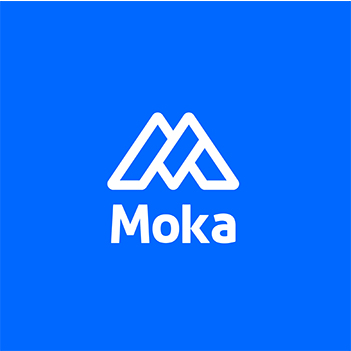What is the Primary Purpose of an Applicant Tracking System (ATS)?
Introduction
In today's competitive job market, companies receive thousands of applications for open positions. Managing and organizing these applications manually is time-consuming and inefficient. This is where an Applicant Tracking System (ATS) comes into play. But what is the primary purpose of an ATS, and how does it benefit businesses?
What is an Applicant Tracking System (ATS)?
An Applicant Tracking System (ATS) is a software solution that helps companies streamline the hiring process by automating job postings, sorting resumes, tracking candidates, and improving communication between recruiters and job seekers. ATS software is widely used across industries, especially in markets like Singapore, where businesses strive to attract top talent efficiently.
Primary Purpose of an ATS
The core purpose of an ATS is to simplify and optimize the recruitment process. This includes:
1. Automating Resume Screening
One of the biggest challenges for recruiters is manually reviewing resumes. An ATS uses AI-driven algorithms to scan and filter resumes based on keywords, skills, and job requirements, ensuring that only the most qualified candidates move forward.
2. Enhancing Candidate Tracking and Organization
An ATS keeps all candidate information in one place, allowing recruiters to track applications, schedule interviews, and monitor hiring progress efficiently.
3. Improving Collaboration Between Hiring Teams
With multiple stakeholders involved in the hiring process, an ATS enables seamless communication between recruiters, hiring managers, and HR teams. Feedback, evaluations, and candidate progress are easily accessible within the system.
4. Ensuring Compliance and Reducing Bias
In regions like Singapore, where labor laws and fair hiring practices are strict, an ATS helps ensure that recruitment processes remain compliant with legal requirements and reduce unconscious bias by standardizing candidate evaluations.
5. Enhancing the Candidate Experience
A poor hiring experience can deter top talent. ATS platforms provide automated email responses, status updates, and smooth application processes, improving engagement and employer branding.
6. Data-Driven Recruitment Decisions
ATS solutions provide analytics and insights to help businesses refine their hiring strategies, track metrics like time-to-hire, and optimize recruitment efforts based on performance data.

Why is an ATS Essential for Companies in Singapore?
Singapore’s job market is highly competitive, with businesses constantly seeking top talent across various industries. The adoption of ATS technology is essential for companies looking to hire efficiently and stay ahead of competitors. Key reasons include:
High Volume of Applications: Many businesses receive hundreds of applications for a single role.
Multi-Language Support: ATS platforms support multiple languages, which is crucial for Singapore’s diverse workforce.
Government Compliance: Ensuring adherence to MOM (Ministry of Manpower) hiring guidelines.
Integration with Job Portals: Seamless posting on platforms like JobStreet, LinkedIn, and MyCareersFuture.
Choosing the Right ATS for Your Business
When selecting an ATS, businesses should consider:
Ease of Use: User-friendly interface for both HR teams and applicants.
Integration: Compatibility with job boards, HR software, and payroll systems.
AI Capabilities: Smart resume screening, automated interview scheduling, and predictive analytics.
Scalability: Ability to grow with the company’s hiring needs.
Data Security: Compliance with PDPA (Personal Data Protection Act) in Singapore.
Conclusion
The primary purpose of an Applicant Tracking System is to streamline and enhance the recruitment process, making it more efficient, data-driven, and candidate-friendly. For businesses in Singapore, implementing an ATS is crucial to staying competitive, ensuring compliance, and securing top talent in a fast-moving job market.
If your company is looking for an advanced ATS solution, consider exploring Moka ATS, a trusted recruitment platform that simplifies hiring with AI-powered automation and seamless integration capabilities.
Call to Action:
Looking to optimize your hiring process? Contact us today to learn how an ATS can help your business attract and manage top talent efficiently.
From recruiting candidates to onboarding new team members, MokaHR gives your company everything you need to be great at hiring.
Subscribe for more information

